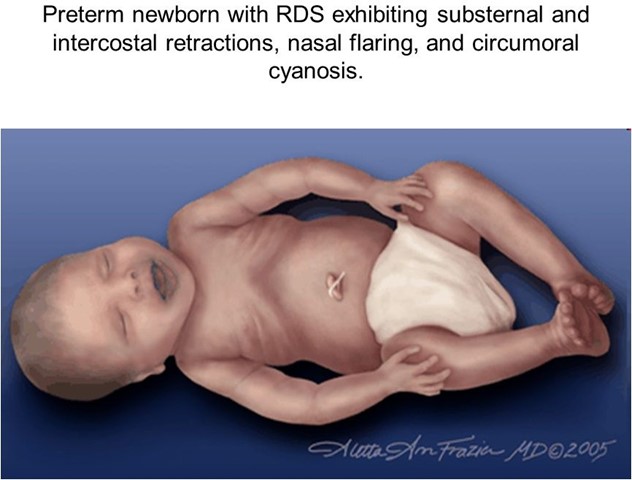While changing the dressing of a client who is immobile, the practical nurse (PN) observes a red and swollen wound with a moderate amount of yellow and green drainage and a foul odor. Before reporting this finding to the healthcare provider, the PN should evaluate which of the client's laboratory values?
C-reactive protein level.
Culture for sensitive organisms.
Serum albumin.
Serum blood glucose (BG) level.
The Correct Answer is B
The correct answer is choice B. Culture for sensitive organisms.
Choice A rationale:
C-reactive protein (CRP) levels are indicative of inflammation in the body and can help identify the presence of an infection. However, CRP levels do not provide specific information about the type of organism causing the infection, which is crucial for targeted treatment.
Choice B rationale:
A culture for sensitive organisms is essential in this scenario because it identifies the specific bacteria or other pathogens present in the wound. This information is critical for selecting the appropriate antibiotic therapy to treat the infection effectively.
Choice C rationale:
Serum albumin levels are important for assessing nutritional status and overall health, which can impact wound healing. Low albumin levels can indicate poor nutritional status and delayed wound healing, but they do not provide immediate information about the infection itself.
Choice D rationale:
Serum blood glucose (BG) levels are crucial for managing diabetes and can affect wound healing. High blood glucose levels can impair the immune response and slow down the healing process. However, like CRP, BG levels do not provide specific information about the type of infection present in the wound.
Nursing Test Bank
Naxlex Comprehensive Predictor Exams
Related Questions
Correct Answer is B
Explanation
Choice A rationale:
Crushing the medication and administering it in applesauce might alter its pharmacokinetics, rendering it ineffective or causing it to act too quickly. Sublingual tablets are designed to dissolve under the tongue for rapid absorption into the bloodstream. Crushing the tablet and mixing it with applesauce could change its intended mode of action.
Choice B rationale:
Placing the tablet under the client's tongue is the correct action for a sublingual tablet. Sublingual administration allows the medication to dissolve directly into the bloodstream through the sublingual mucosa, bypassing the digestive system and providing rapid onset of action.
Choice C rationale:
Obtaining a liquid form of the medication might be an option, but it may not always be available. Additionally, some medications are not available in liquid forms, and the liquid form might have a slower onset of action compared to the sublingual route.
Choice D rationale:
Placing the tablet inside the client's cheek is known as the buccal route of administration. While this route is also for oral absorption, sublingual administration is preferred for specific medications designed for rapid absorption.
Correct Answer is A
Explanation
Circumoral cyanosis is a bluish discoloration around the mouth that indicates inadequate oxygenation. It is an abnormal finding in a full-term newborn and requires immediate assessment and intervention by the PN.

The other options are not correct because:
B. A positive Babinski's reflex is a normal finding in newborns that indicates intact neurological function. It is elicited by stroking the sole of the foot and observing the fanning of the toes.
C. A negative Ortolani's sign is a normal finding in newborns that indicates no hip dislocation or dysplasia. It is elicited by abducting the hips and feeling for any clicking or clunking sensation.
D. A large sacral "stork bite" is a common benign birthmark that appears as a reddish patch on the lower back or nape of the neck. It usually fades within the first year of life and does not require any treatment.
Whether you are a student looking to ace your exams or a practicing nurse seeking to enhance your expertise , our nursing education contents will empower you with the confidence and competence to make a difference in the lives of patients and become a respected leader in the healthcare field.
Visit Naxlex, invest in your future and unlock endless possibilities with our unparalleled nursing education contents today
Report Wrong Answer on the Current Question
Do you disagree with the answer? If yes, what is your expected answer? Explain.
Kindly be descriptive with the issue you are facing.
